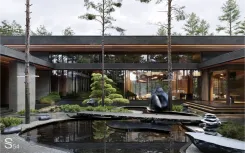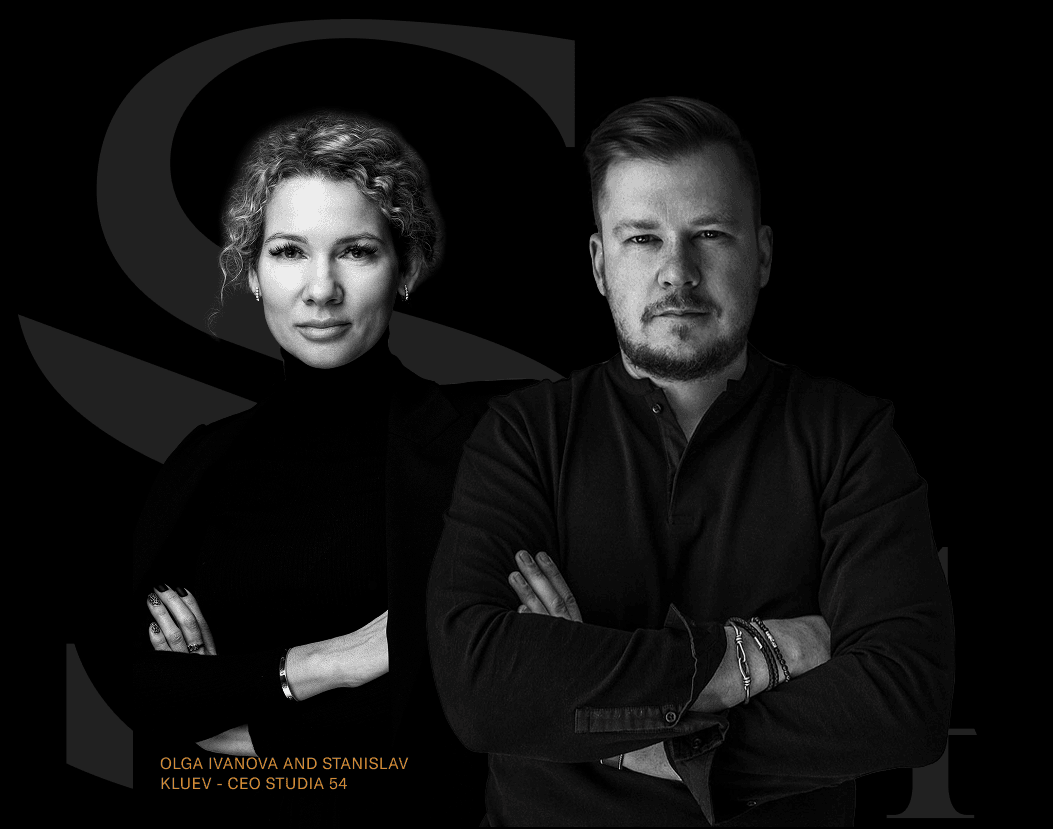/ Architecture
~ 6 min
Published: 23/10/2025
This new form of capitalization is closely tied to real estate — and even directly affects its liquidity. Today, premium homes with designer interiors are emerging as a new class of assets.
How interiors became an asset
According to forecasts by Mordor Intelligence, the market is expected to grow by more than 3% annually through 2029. These figures show that resale value now depends not only on square footage but also on design solutions, materials, and technical equipment. An interior can become an investment not just in comfort and lifestyle, but also in the property’s future resale value.
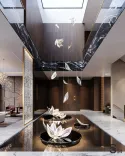
How to create a premium interior
In 2017, Studia 54 established its signature interior design style — one that has since become recognizable around the world.
Step 1. Personalization
At Studia 54, we believe that the uniqueness of a project lies not in its impossibility to replicate, but in its individual approach. Before developing an architectural or interior design concept, a personal manager immerses into the client’s lifestyle — learning about their work, hobbies, interests, and how they spend their leisure time. Every interior is designed to accommodate various life scenarios, ensuring that the home is both comfortable and a source of joy for its residents.
The creation process involves a large multidisciplinary team of over 70 professionals — including architects, designers, draftsmen, visualizers, 3D modelers, procurement specialists, engineers, and BIM technologists. The team develops bespoke sketches for lighting installations, art objects, sinks and countertops, mirrors — all of which are produced at the brand’s own 1,500 sq. m manufacturing facility in Saint Petersburg.
Of course, unconventional architectural and design solutions play a vital role as well. They shape the sense of exclusivity and directly reflect the owner’s status. For instance, in one of our projects in Vietnam, the client wanted to turn an apartment into an art gallery — filled with lighting installations, panels, accent lighting, chandeliers, and sconces that truly dazzle the eye.
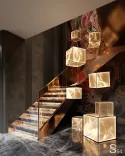
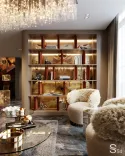
Step 2. Longevity
Owners of premium real estate are not willing to spend additional time or resources on reconfigurations, renovations, or corrections. There is no room for error — everything must be carefully planned from the very beginning, and the home must be built to last.
That is why we select only high-end materials: fine wood species, natural stone, marble, acrylic, quartz, porcelain stoneware, and even silk. The visualization below illustrates this approach — in the TV area, a silk panel is displayed within a glass-lit niche.
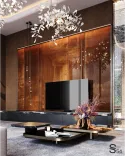
Our interiors are distinguished by exceptional attention to detail. We produce high-quality visualizations of every space and present them to the client. At this stage, they can see their future home and even explore it through a 3D tour. In fact, you can take a virtual tour as well — for example, here.
Step 3. Flexibility
Our process of creating the perfect home always begins with a deep understanding of the client’s lifestyle. It is essential to know what kind of events will be hosted, how many guests are expected, and whether performers or entertainers will be invited. The more details we learn, the better we can adapt the design to different life scenarios — from incorporating transformable partitions to planning movable furniture layouts and multi-functional spaces.
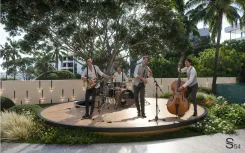
Step 4. Comfort
A premium home must be effortless to live in. This is achieved through concealed engineering systems and smart home technologies. For example, automated control of heating, ventilation, and air conditioning maintains optimal temperature and humidity levels without the owner’s involvement. Lighting on staircases turns on automatically with the first step. As a result, the house becomes more energy-efficient, reducing operating costs by 15–20%.
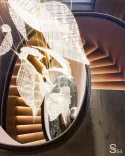
External factors
The value of real estate can also be influenced by external factors — one of the most significant being the panoramic view. Buyers are willing to pay up to a 20% premium for picturesque vistas, making this feature an integral part of both architectural and interior concepts. Panoramic glazing, combined with the right orientation of the residence, creates a unique competitive advantage for the property.
One of the techniques we use when designing residences is the integration of sliding panoramic glazing systems, allowing residents to enjoy the landscape from virtually any point in the house.
The value of luxury real estate also increases through its connection with the surrounding landscape. The signature style of Studia 54 is defined by a harmonious color palette that blends with nature, the use of sustainable materials, flat roofs, and strong horizontal lines that merge architecture with the ground rather than elevating it above it. In this way, a respectful approach to the natural environment is directly translated into market value in the premium real estate segment.
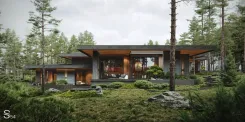
Interior design as a strategic asset
The market has entered a phase of “quality-based competition”. Prices continue to rise — along with buyers’ expectations. As a result, real estate is now evaluated not by square meters, but by their quality — in other words, by interior design.
Design by Studia 54 becomes a true asset: personalized, finished with premium materials, furniture, and décor. Each project is tailored to various lifestyle scenarios and designed for everyday comfort and functionality. Together, these factors ensure long-term liquidity and a high standard of living for those who will reside in a luxurious Studia 54 home.
